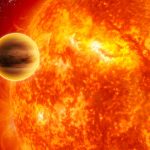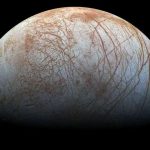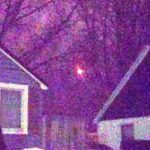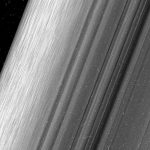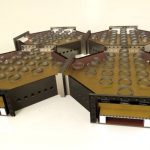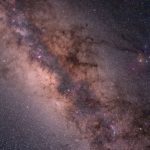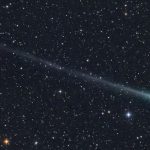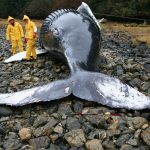Water spotted in the atmosphere of nearby hot Jupiter exoplanet0
- From Around the Web, Space
- February 9, 2017
A FARAWAY world is steaming. Astronomers have found water vapour in the atmosphere of an exoplanet called 51 Pegasi b — and achieved the feat using a brand new technique.

